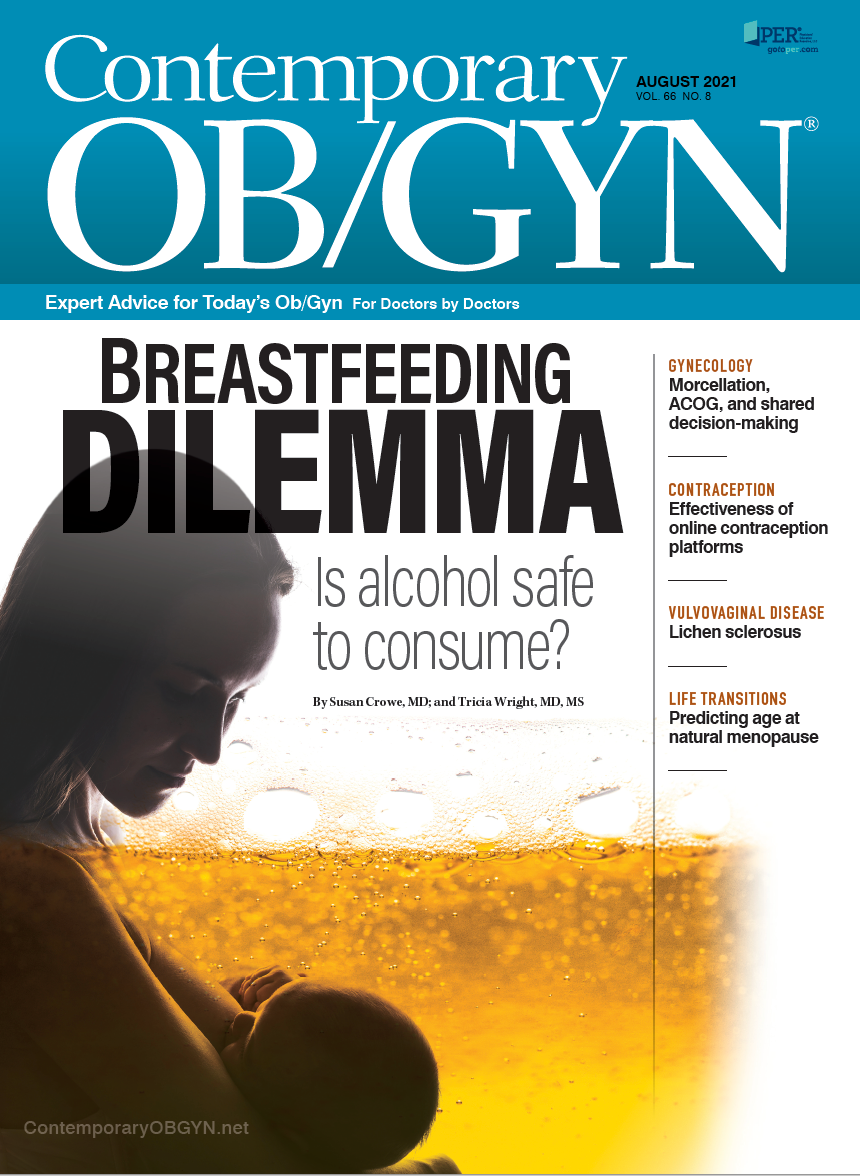Looking back on a disturbing case of health care fraud
In last month’s Legally Speaking, we published “Health care fraud exposed” by James M. Shwayder, MD, JD. It is disturbing in its details but exposes fraud and medical malpractice that went on for years. The ob-gyn at the center of it, Javaid Perwaiz, was recently sentenced to 59 years in prison.
Each month, we strive to bring you, the practicing generalist ob-gyn, the most relevant information that will keep you up-to-date and equip you with the latest research in peer-reviewed clinical articles. At times that means addressing difficult topics.
In last month’s Legally Speaking, we published “Health care fraud exposed” by James M. Shwayder, MD, JD. The case should be discussed among peer groups and in mentorships. It is disturbing in its details but exposes fraud and medical malpractice that went on for years.
Perhaps you’ve already heard about the case.
The ob-gyn at the center of it, Javaid Perwaiz, recently was sentenced to 59 years in prison.1
Major media outlets including CNN, NPR, and the Washington Post have covered it. The Washington Post report included details about the doctor’s alleged activities including prosecutors saying that he gave his patients unnecessary, irreversible hysterectomies; improper sterilizations; and other procedures, including regular dilation and curettages that he called “annual cleanouts.”1
Shwayder provides many other details, but the question remains: How did this physician allegedly get away with so much for so long? As Shwayder acknowledges, this case is extreme, but it also is an example of the breakdown of many checks and balances that are supposed to exist.
Shwayder gives his expert guidance on reinforcing best practices. Since some of the patients were Medicaid recipients, Shwayder reminds the reader that Medicaid requires a valid consent form for all sterilization procedures, as well as a 30-day waiting period between the date of the patient’s consent and the procedure itself.
We also want to get your opinion on how these types of high-profile lawsuits affect the practice of ob-gyn and the ability of the general population to trust physicians. According to the news articles, Perwaiz also was a long-term practitioner in his community and had many patients who were under his care for years.2
Reasonable people will know that this case is an extreme example, but the fact remains that ob-gyn is one of the medical specialties most vulnerable to malpractice suits. We recently ran a viewpoint article from sister publication Physicians Practice® that takes an in-depth look at the various elements at play in malpractice lawsuits and asset protection.
Written by Ike Devji, JD, it provides data on what medical specialties get sued the most, what medical specialties get paid the most, what states are the highest risk for being sued, and what states pay doctors the most. We hope that you will give us your opinions on this case.
Mike Hennessy Sr.
Chairman and Founder, MJH Life Sciences™

FDA approves Visby’s test for at-home STI identification
Published: March 28th 2025 | Updated: March 28th 2025The FDA has approved Visby Medical’s at-home sexually transmitted infection test, allowing women to screen for chlamydia, gonorrhea, and trichomoniasis without a prescription.
Read More
